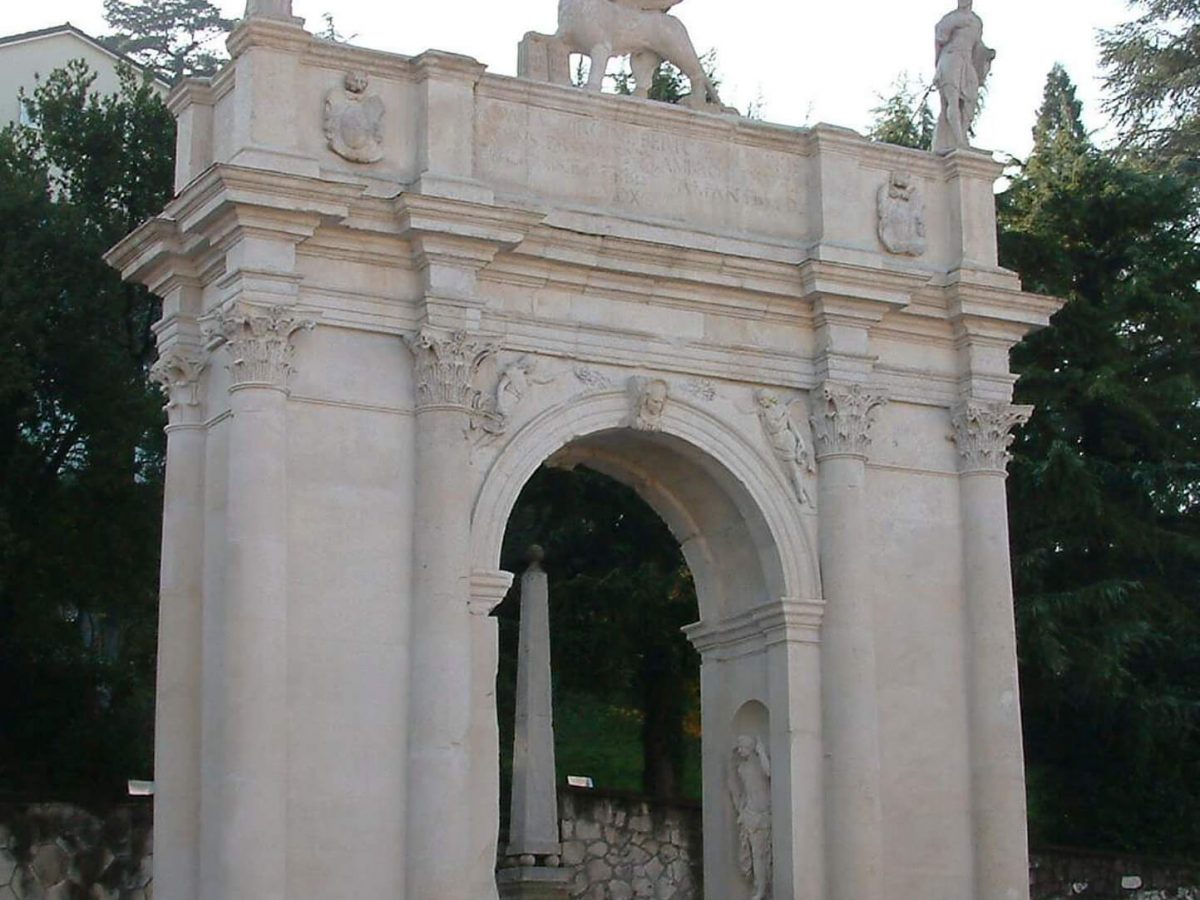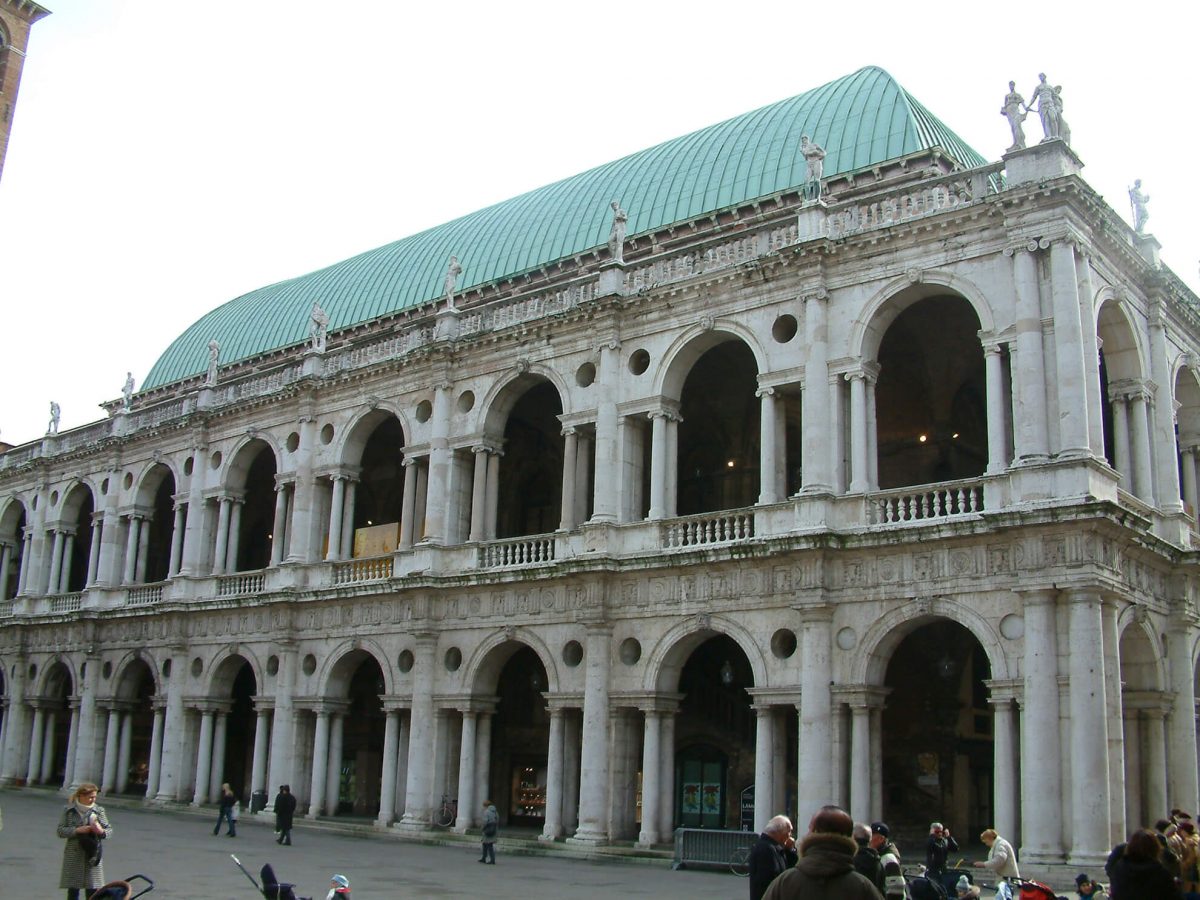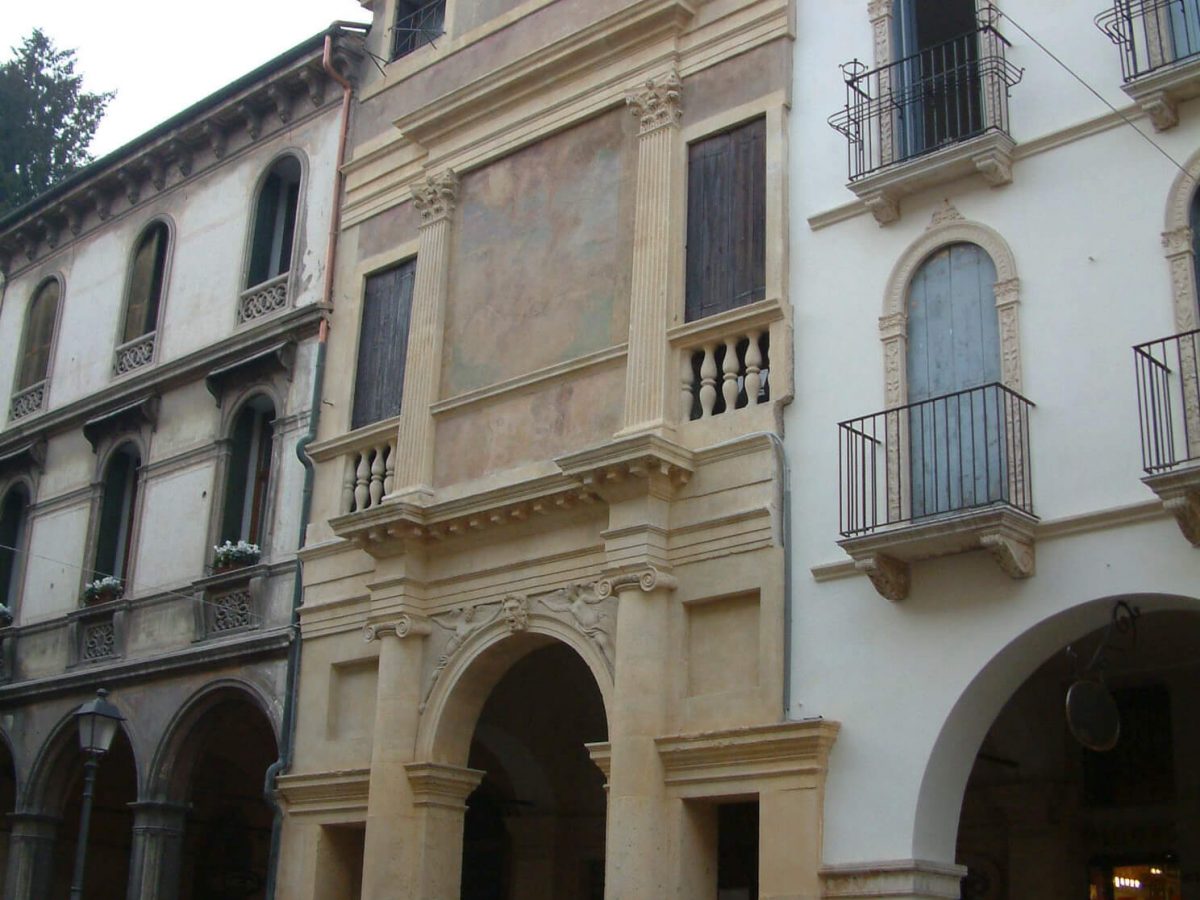The city of Vicenza and the Palladian villas of the Veneto is a serial site including the city of Vicenza and twenty-four Palladian villas scattered in the Veneto area.
Founded in the 2nd century BC in northern Italy, Vicenza prospered under Venetian rule from the early 15th to the end of the 18th century. The work of Andrea Palladio (1508–80), based on a detailed study of classical Roman architecture, gives the city its unique appearance. The palazzi, or town houses, were fitted into the urban texture of the medieval city, creating picturesque ensembles and continuous street facades in which the Veneto Gothic style combines with Palladio’s articulated classicism.
The definitive Palladian country villa synthesizes, both figuratively and materially, the functional aspects of management of the land and the aristocratic self-glorification of the owner. lts core is the house-temple, embellished with a monumental staircase and crowned by a pediment supported by columns of the loggia. Porticos extend alongside the wings starting from the main building, and often end with towers. The different components are linked by a common classical language and are ordered according to a well-defined hierarchy.
Vicenza is widely, and with justification, known as “la città del Palladio”. As such, Vicenza has acquired a world status that has long been recognized and reflected in the literature of architectural and art history. Basing his works on intimate study of classical Roman architecture, Palladio became the inspiration for a movement without parallel in architectural history.
Vicenza, birthplace of this movement, retains many of Palladio’s original buildings and as such is a unique survival of a total humanist concept based on a living interpretation of antiquity. The property extends the recognition of the Outstanding Universal Value of the work of Andrea Palladio to the other manifestations of his creative genius in the Veneto region, covering his versatility in applying his principles to rural as well as urban contexts.


